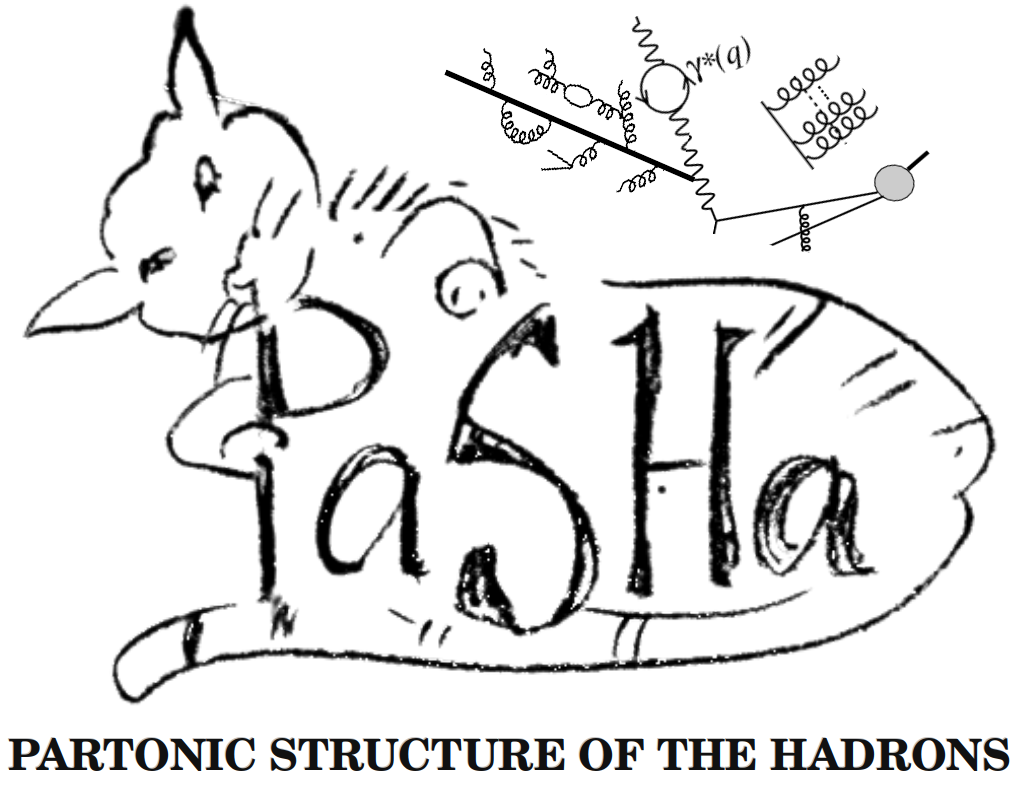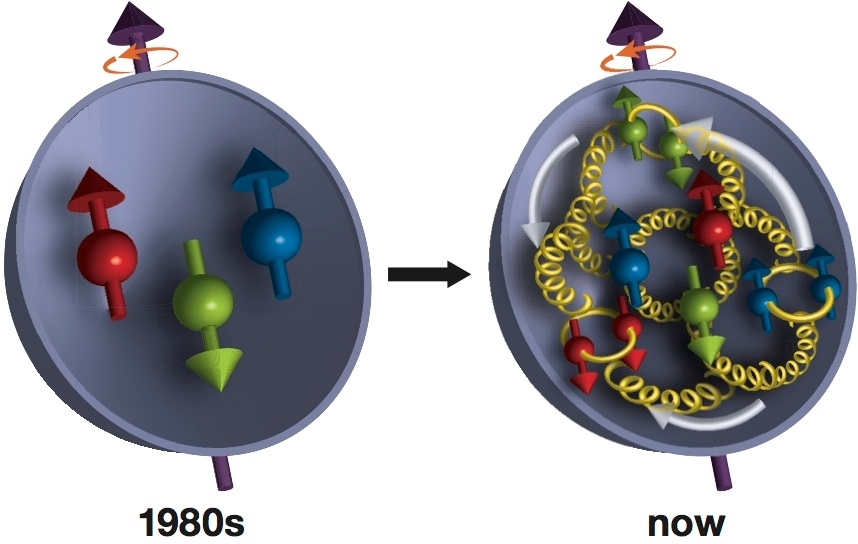index
Marie Boër
Assistant Professor of Physics
Experimental Hadronic Physics, Nuclear Physics
PArtonic Structure of the HAdrons Group

Hadronic Physics is a subfield of medium energy nuclear physics where we study the internal structure of Hadrons. Hadrons are made of elementary blocks, the quarks and gluons, also refered to as Partons. We aim at understanding the properties of the hadrons from the partons, in particular the structure of the nucleon (proton and neutron). Gluons carry the strong force. They can split into more gluons or pairs of quark and antiquark. At the subatomic level, we are looking at parton densities, among other properties. We can learn about the quark and gluon dynamics by probing the nucleon in high energy experiments, carried out at experimental facilities such as particles accelerators and colliders. The theory behind these studies is called Quantum Chromodynamic (QCD), the theory of strong interaction.
Our interest is to learn about the nucleon's inner structure by parametrizing the parton's momentum distributions, their correlations, their spin, angular momenta, and other properties. We also aim at understanding why partons are confined in the nucleon and how we can explain the nucleon's properties from its elementary constituents. In the PaSHa group (PArtonic Structure of the Hadrons), we aim at moving towards multidimensional imaging of the nucleon. One of our speciality is the study of Generalized Parton Distributions (GPDs), which are functions accessing the transverse position of the partons versus their longitudinal momentum. GPDs have probabilistic interpretations, for instance we can obtain functions out of them providing "tomographic" views of the nucleon, i.e. surimpositions of 2-dimensionnal images of the nucleon (transverse plane), where some of these "images" are dominated by quarks or by quark-antiquark pairs or by gluons.
Our activities range from conducting experiments to phenomenology, and we are active in studying new reactions, interpreting data, analyzing data, participating in running experiments, developing new experiments, and developing new detectors. We collaborate with experimentalists and theorists around the world. In particular, we are conducting experiments at Jefferson Lab., located in Newport News, VA. This experimental facility has an accelarator providing a high intensity 11 GeV electron beam. We also have activities related to the future Electron Ion Collider (EIC), which will be built at Brookhaven National Lab (NY) in the near future.


Scientific events organized by the group
Other Scientific Communications (proceedings, notes)
Research Activities
- Generalized Parton Distributions
- Hard Exclusive Reactions
- Compton-like processes and di-leptons
- Hard exclusive production of Vector Mesons, quarkonias
- Event generators
- Phenomenology, projections, Software framework for Generalized Parton Distributions and Hard Exclusive reactions studies
- AI/ML and fits of Compton Form Factors
- Muon detectors, detectors and experimental design, hardware
Opportunities - note: we may not have immediate opening but typically can offer work on the topics below


